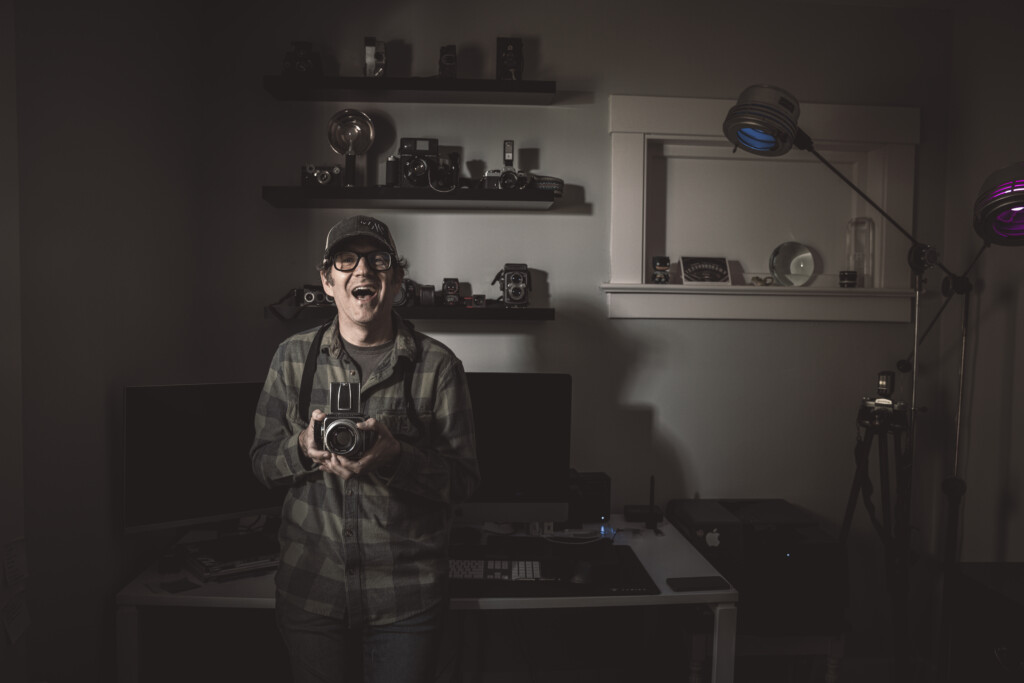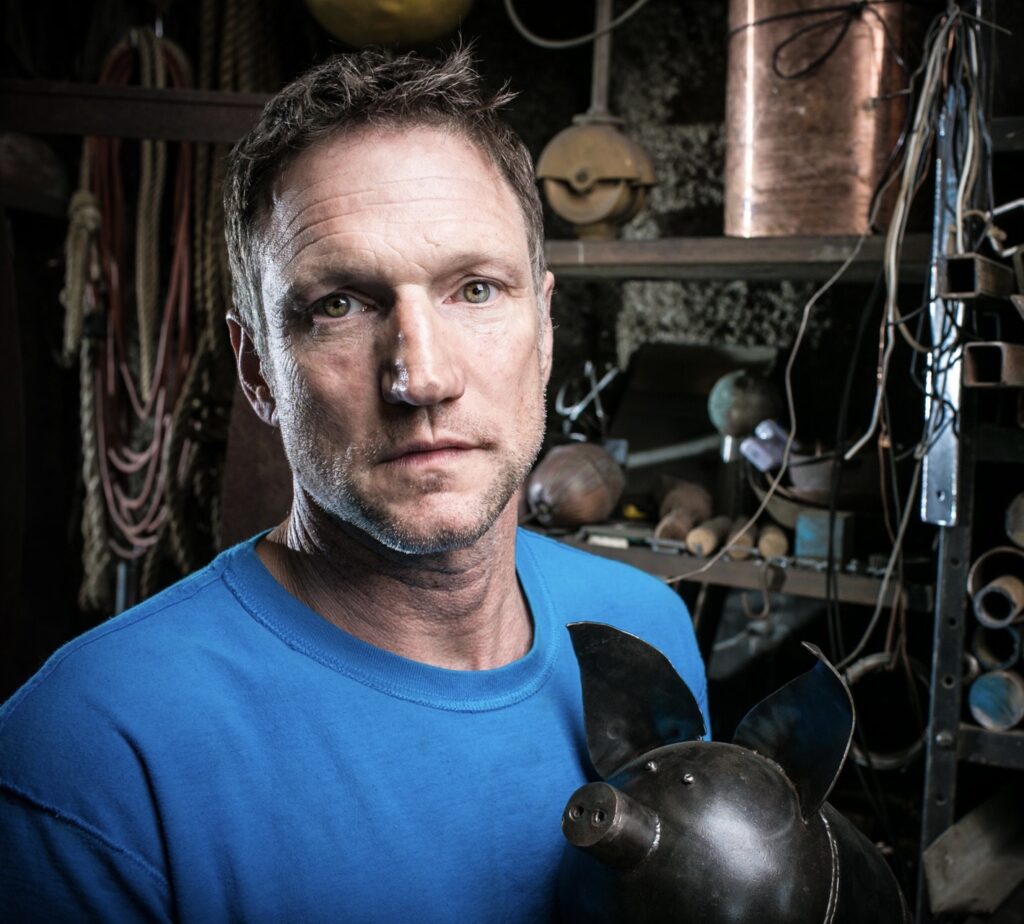Michael Hanlon
Michael Hanlon loves to work with his hands. For one thing, this Rochester photographer loves tinkering with motorcycles and mopeds. “I have way too many things with two wheels,” he says. During the pandemic shutdown, when photography work stalled, he “got back to wrenching on stuff,” lately finding and restoring 1970s mopeds. They are supposed to go about thirty miles per hour, he says, “but I have one that goes about fifty. It’s a little scary because they don’t weigh anything.” During the day, Hanlon works for IDEX health science optics division, where he builds lasers. They are not easy to put together; there’s an art to it. “You actually have to craft the thing, massage them into place, down to a spec.”
Hanlon has been pursuing two of his main passions—motorcycles and photography—since he was quite young. Originally from Canadice, Hanlon enjoyed a rural childhood. “I grew up riding my motorcycle around.” The first time he felt moved to document his world with a camera, he was about twelve. Some ducks landed on a pond near his home, and he tracked them, taking different shots, waiting for them to re-emerge from the trees when they flew away. He ended up with a few images that he felt told a story, and it clicked that he would like to take pictures for a living.
His first photography job was a friend’s wedding, back in 2005. But the burst rate of the Canon Rebel he’d purchased turned out to be too slow. “I missed the kiss,” he said, “because the camera was buffering.” He sold it and bought a Canon 3D full-frame professional 35-millimeter camera. He’d always wanted a full frame camera, but because it cost $3,500, he felt he had to get serious about pursuing photography. He approached the editor of Rochester Insider (a now-defunct weekly publication aimed at young people). Hanlon was building his own kits for off-camera lighting and realized that taking pictures in bars and clubs might suit him. At the time, there was an online photo contest called Capture Rochester, and the Insider editor recognized Hanlon’s name from some of the top-rated photos in the contest. So, he was hired and began taking pictures of bands and audience members in venues around town. “It forced me to talk to people,” he says, and tell them how and where to pose, which got him out of his comfort zone in a good way. “I was an introvert. I grew up in the country with, like, one friend,” he says. Shooting in bars and clubs presented an interesting challenge. Because he doesn’t like to use the flash in peoples’ faces, he incorporated the club lighting in practical and creative ways. “I would use the Labatt beer sign or a poster on the wall to bounce the light off of.” Working for Insider was like a crash course—before long he was adept at creating interesting images of people quickly. After this start, he went to City Newspaper and then helped found Post magazine. In 2009 he was able to pursue photography full-time, and within about five years he had built up a successful wedding and commercial photography business. In 2015 he began taking photos for (585) magazine. He also took corporate head shots and pictures at business award ceremonies and ended up traveling to cities throughout the United States. He enjoyed the travel. But when COVID hit, it interrupted everything—the corporate work was tabled as well as the weddings. “What are you going to do? A group shot of people with masks on? So, we just didn’t do it.”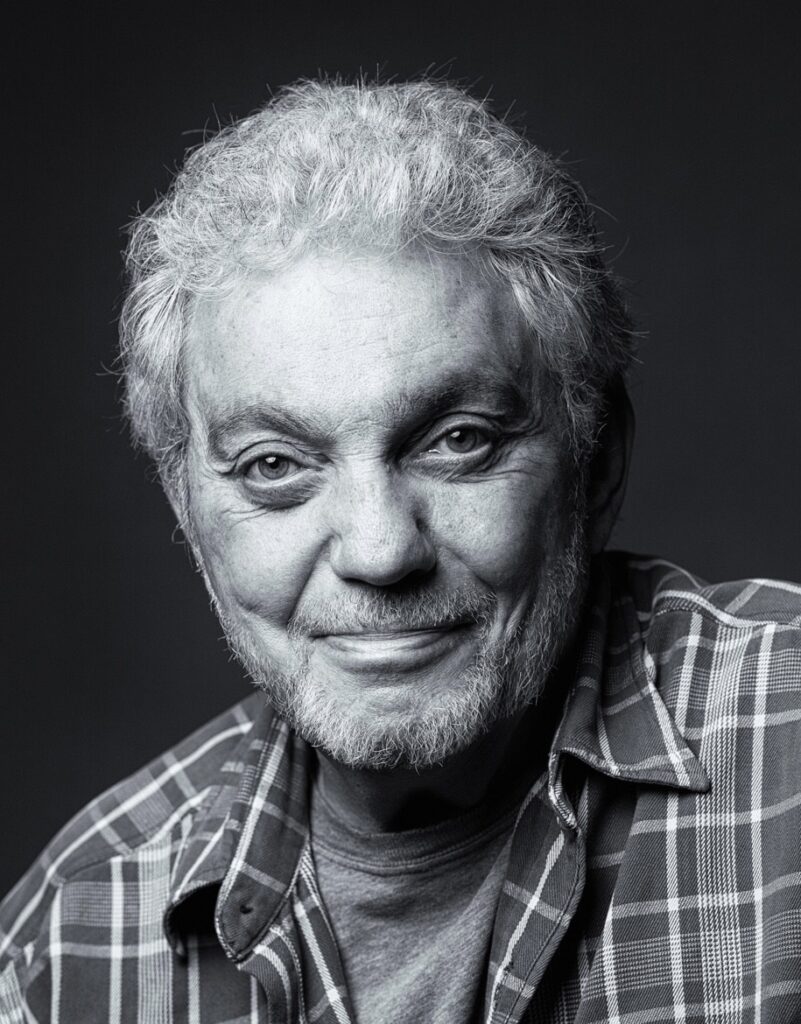
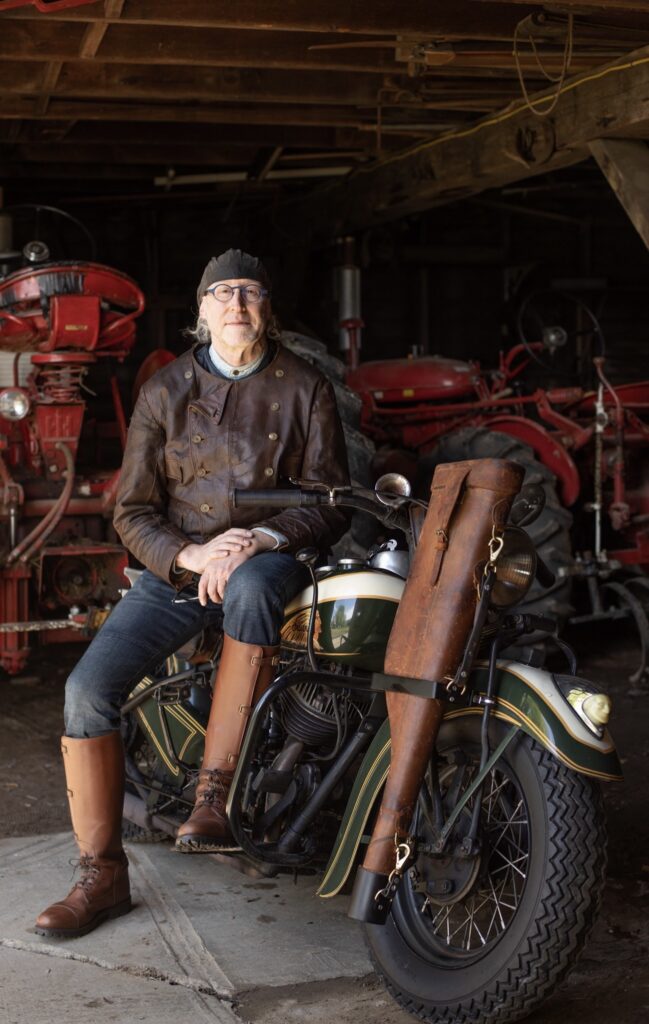
It was during the height of COVID, when weddings were on pause, that he realized how much he enjoyed having time to pursue other interests. “I’m tired,” he said. “I want my weekends back.” That’s when he began working at IDEX. He’s still interested in doing more editorial photography. “That was kind of like a first love, telling peoples’ stories in three to four pictures. I still enjoy that challenge.” With editorial work, he doesn’t want to take up a lot of the subject’s time. He’s good at going in and reading the situation, setting it up quickly, and getting it done.
“I’m a Canon guy,” he explains, and Canon finally came out with radio triggers for its flash units. This means that he can dial in the settings to tailor the light to what he needs as well and control multiple flashes around the room. Back in the day he had to make radio receivers and Velcro them to the side of flash units to trigger them remotely.
Hanlon prefers jobs that involve challenges like showcasing an environment to make it beautiful. In terms of his more personal projects, he has a basement darkroom he needs to finish setting up in a house he moved into during the pandemic and “way too many film cameras” that he’d like to use.
 David TurnerEven if you haven’t met photographer David Turner, there’s a good chance you’ve seen his work. A veteran of the New York and Milan fashion scenes, Turner has a commanding presence. His well-earned confidence comes from knowing that he has captured the images of some of the brightest stars out there, as well as earned the trust and respect of some of the biggest names in fashion. “I’m very proud of that,” he says, “that I can keep those people happy.” When he entered the world of fashion photography in the 1980s, “It was the heyday of publishing,” he said. “I didn’t know that then.” People loved to buy big, glossy fashion magazines, and ad sales generated a massive amount of revenue. Now he teaches photography at RIT and takes pride in connecting aspiring photographers with incomparable opportunities.Turner grew up in Oklahoma, in a small town with a large penitentiary. His father owned the local newspaper, and as a teenager Turner was sent out to take pictures for the paper. He quickly learned “never to come back empty-handed” to the newsroom. “I understood peak moments,” even at a young age,” he says, and developed instincts for photography—he was good at capturing moments like the ball leaving the hand of a basketball player. His childhood piano lessons helped mold his mind and taught him that there is a rhythm to art: “Color, rhythm, form, texture.” Also, “the penitentiary was my beat,” he says. He had to get up close to prisoners to take their photos. “There was no zoom lens. These guys looked like they could eat me for lunch.” Working for the newspaper and focusing on the “who, what, when, where, how” solidified the idea of telling a story with a single image.
David TurnerEven if you haven’t met photographer David Turner, there’s a good chance you’ve seen his work. A veteran of the New York and Milan fashion scenes, Turner has a commanding presence. His well-earned confidence comes from knowing that he has captured the images of some of the brightest stars out there, as well as earned the trust and respect of some of the biggest names in fashion. “I’m very proud of that,” he says, “that I can keep those people happy.” When he entered the world of fashion photography in the 1980s, “It was the heyday of publishing,” he said. “I didn’t know that then.” People loved to buy big, glossy fashion magazines, and ad sales generated a massive amount of revenue. Now he teaches photography at RIT and takes pride in connecting aspiring photographers with incomparable opportunities.Turner grew up in Oklahoma, in a small town with a large penitentiary. His father owned the local newspaper, and as a teenager Turner was sent out to take pictures for the paper. He quickly learned “never to come back empty-handed” to the newsroom. “I understood peak moments,” even at a young age,” he says, and developed instincts for photography—he was good at capturing moments like the ball leaving the hand of a basketball player. His childhood piano lessons helped mold his mind and taught him that there is a rhythm to art: “Color, rhythm, form, texture.” Also, “the penitentiary was my beat,” he says. He had to get up close to prisoners to take their photos. “There was no zoom lens. These guys looked like they could eat me for lunch.” Working for the newspaper and focusing on the “who, what, when, where, how” solidified the idea of telling a story with a single image.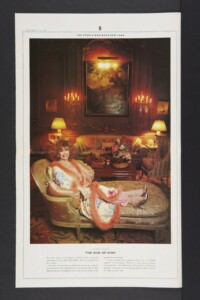
Turner thought he would be taking over the newspaper someday, and, at first, he attended college to prepare for that. But when his father unexpectedly sold the newspaper, Turner realized that his heart was really in photography. He earned a bachelor’s degree from Empire State College and then attended “a photo school in L.A. that no longer exists.” Near Hollywood, he learned how to create pictures that were sometimes cinematic, often using gels or smoke machines. He quickly became a trendsetter in terms of style. You have to “become the trend,” he says. He felt confident and skilled after he graduated. Wanting to work with the best in the business, he sold his El Camino and bought a one-way ticket to New York City. Once there, he worked as an assistant, then a studio manager. In 1985, Turner moved to Italy and started working as a fashion photographer right away. In Italy, he says, they loved young Americans, and he was an instant success. Linea fashion magazine put his name on every large, sumptuous photo. When he returned to New York with his Italian tear sheets, everyone wanted to work with him. He got an agent and started doing ads for Ralph Lauren, the biggest menswear designer in America. “If you remember seeing the New York Times back then, there were so many full-page photographs. It was really a pleasure to open the Times and see my full-page pictures.” Ralph Lauren himself was impressed with Turner and felt that Turner understood his vision. While there were several house photographers, Mr. Lauren preferred Turner’s work, and he remained on the Ralph Lauren team for fifteen years. In 1989, Turner began working with W magazine. That working relationship lasted twenty years, and the experience was “amazing.”
Turner feels that he’s been “lucky a lot.” He photographed Anna Wintour during her first year as the editor of Vogue. The portrait shows her looking as inscrutable as she always seemed, behind dark sunglasses. The person being photographed has to “look the part” of who they are, he says. Turner was once in South Carolina visiting businessman Richard Jenrette, who said he’d like Turner to take a picture with him and his houseguest who was coming. The houseguest turned out to be then-Prince Charles, who was on a business trip to discuss the importance of classical architecture with American architects. “To do a portrait of Prince Charles, you have to sign a packet of papers.” But the prince was friendly and warm, with a two-handed handshake—he had “older brother” energy, Turner says.
Turner moved to Rochester six years ago and enjoys living here—he feels that Rochester is “beautiful at night.” As a visiting lecturer at RIT, he teaches a wide range of photography courses and helps students network with alumni and industry professionals in New York City.
Turner is known as someone who can solve problems and get things done. He is adept not only with creativity but logistics and lighting as well—he’s ready with a Plan B if Plan A doesn’t work out, and he can often fulfill a client’s grand desires on a less than ideal budget. It’s all very precise, he says: which lights to choose, which lenses, which camera system. “I understood that formula, and alchemy, to make it look cool.” This is what he teaches his students: “You are in charge of all that alchemy.”
Views: 3



